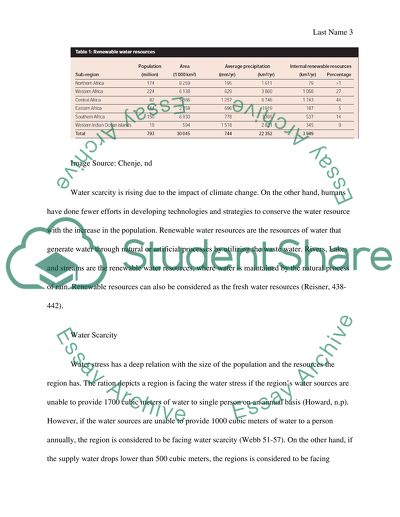Cite this document
(“Solutions for Renewable Water Sources in Desert Regions of the World Essay”, n.d.)
Solutions for Renewable Water Sources in Desert Regions of the World Essay. Retrieved from https://studentshare.org/english/1472770-solutions-for-renewable-water-sources-in-desert
Solutions for Renewable Water Sources in Desert Regions of the World Essay. Retrieved from https://studentshare.org/english/1472770-solutions-for-renewable-water-sources-in-desert
(Solutions for Renewable Water Sources in Desert Regions of the World Essay)
Solutions for Renewable Water Sources in Desert Regions of the World Essay. https://studentshare.org/english/1472770-solutions-for-renewable-water-sources-in-desert.
Solutions for Renewable Water Sources in Desert Regions of the World Essay. https://studentshare.org/english/1472770-solutions-for-renewable-water-sources-in-desert.
“Solutions for Renewable Water Sources in Desert Regions of the World Essay”, n.d. https://studentshare.org/english/1472770-solutions-for-renewable-water-sources-in-desert.


